Nanking, the former imperial capital and temporary center of the government of China, fell to the Japanese Imperial Army on December 13, 1937. Even though estimates differ, for the next six weeks the invaders killed hundreds of thousands of civilians and raped from 20,000 to 80,000 women.
Japan invades China
In 1931, the Japanese, searching for raw materials and markets, invaded Manchuria and created a puppet state. During the next few years, they took more Chinese territory in minor conflicts. Then, a minor incident on July 7, 1937, over a railroad bridge was trumped up and Japan launched a full invasion of China. By August, the Japanese Army was attacking Shanghai. The Chinese leader, Chiang Kai-shek, decided to move the government to Nanking. The battle for Shanghai was bloody and it ended in a Japanese victory.
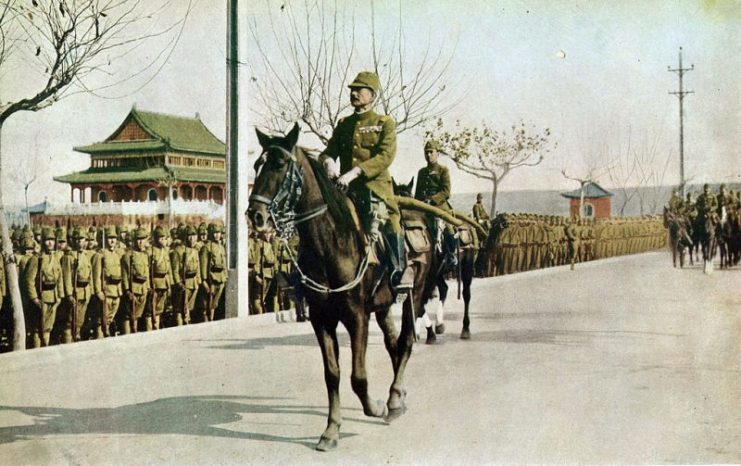
The invaders then turned their eyes toward Nanking.
On their advance, the Japanese also committed many atrocities. There are newspapers reports of two Second Lieutenants in a contest to see which one could kill more people by the sword. Each one cut down over 100 persons.
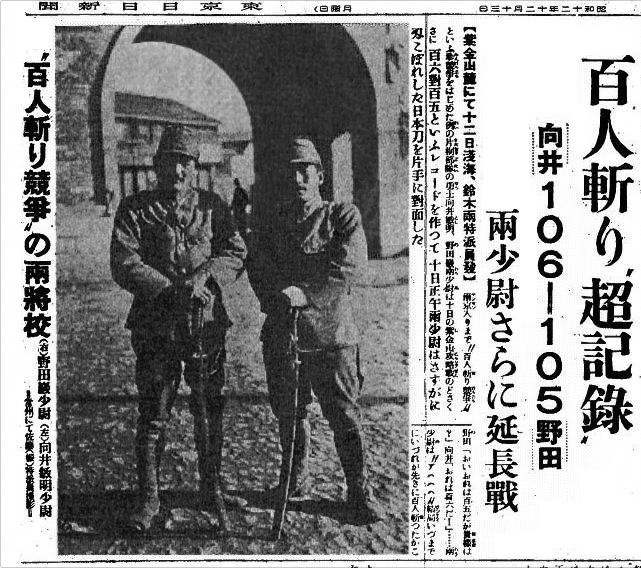
Terrified, the Chinese that could abandon Nanking did. Chiang’s forces vowed to torch the city, rather than surrender it. Trusting Japanese statements that they would not attack any part of the city that had no Chinese troops, the few foreigners that stayed, established the Nanking Safety Zone in the Western Quarters of the city.
On December 7th, the city mayor ordered all Chinese citizens to move to the Safety Zone and two days later the attack began.
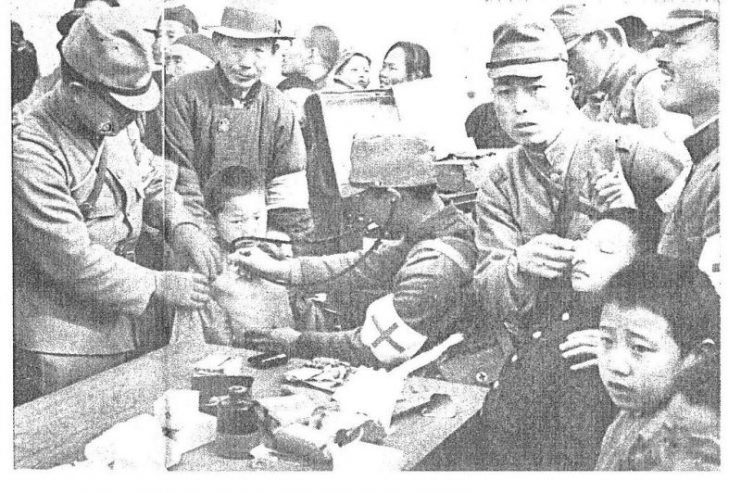
The Japanese forces were under the command of Prince Asaka Yaushito. A Lieutenant General, the Prince was sent to Nanking to atone for his support of a right-wing military coup from years before. Historians generally agree that he signed an order to kill all captives before the attack began.
However, on December 7, the army issued a warning that Japanese soldiers who committed illegal acts, looting or dishonored the military would be harshly disciplined.
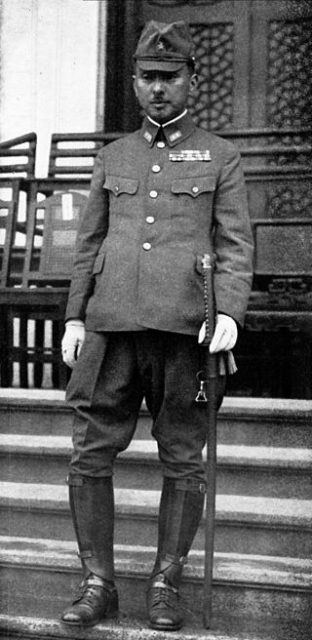
Nanking Falls to the Imperial Army
When the city fell on December 13, the soldiers went on a rampage. Small groups of Japanese looted the shops and shot civilians, many in the back as they were fleeing. Civilians were rounded up in large groups, taken to mass graves and shot. The victims were set on fire, stabbed with swords and bayonets, buried alive, or disemboweled.
The soldiers’ favorite way of executing prisoners was beheading. Chinese prisoners of war didn’t fare any better. As many as 300,000 people are estimated to have been killed.
Then there was the rape of women. Neither young nor old were spared. Usually, after they were raped, women were killed for the Japanese didn’t want to leave witnesses to their atrocities. Thousands of women were found shot or with sticks, swords or bayonets inserted in their vaginas and their chests mutilated.
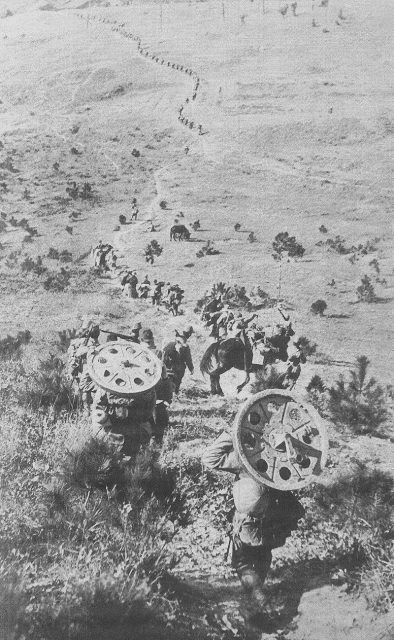
When told that they should leave no trace of what they did by using military weapons, the soldiers found more creative ways of killing their victims. Families weren’t secure either: their possessions were stolen and incest was forced among many. Many families died when they were locked up in their homes and the building set afire.
As horrible as it was, it could have been worse, but thanks to the foreigners in the Nanking Safety Zone, 200,000 Chinese were protected. The outsiders’ leader was John Rabe; a German businessman who, thanks to his Nazi Party affiliation, was able to exert pressure on the Japanese to stay out of the area, for Berlin and Tokyo had signed what was basically an anti-Soviet Union pact the year before.
In addition Robert O. Wilson, a Harvard graduate and American born in Nanking, who was the only surgeon remaining to care for thousands of casualties. Minnie Vautrin, an American missionary and teacher who furiously protected the lives and honor of Nanking’s women is also worthy of praise.

The aftermath of the Genocide
At first, there was disbelief in the United States and Europe that such murders could be committed. Then, there was indifference from the Western Allies who were mostly interested in winning the war in Europe first.
In 1946, The Nanjing War Crimes Tribunal, part of the International Military Tribunal for the Far East, was established by the Chinese government. Unfortunately, those most responsible for the genocide escaped punishment. The accused at the trials were Lieutenant General Hisao Tani, company commander Captain Gunkichi Tanaka and Second Lieutenants Toshiaki Mukai and Tsuvoshi Noda made famous by their contest to kill 100 people using the sword.
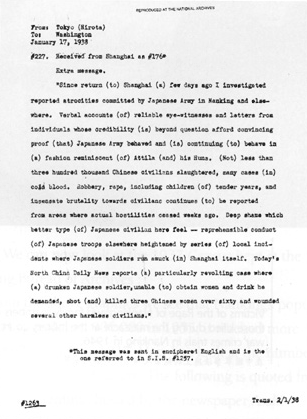
General Yasuhi OIkamura was convicted for war crimes in July 1948 by the Tribunal but was immediately protected by order of Chiang Kai-shek who kept him as a military advisor.
The other officers responsible like General Iwane Matsui had been judged by the Tokyo Tribunal; Princes Kotohito Kan’in, Kesago Nakajima and Heisuke Yanagawa had been dead since 1945; General Isamu Cho had committed suicide and Prince Asaka had been granted immunity by General Douglas MacArthur as a member of the imperial family, Hisao Tani was the only officer prosecuted for the Rape of Nanking (also known as the Nanking Massacre).
He was found guilty on February 6, 1947, and executed on March 10 by a firing squad.
All the accused were sentenced to death in 1947. The immunity granted to Prince Asaka and other members of the imperial family, including the emperor, has been hotly debated ever since.
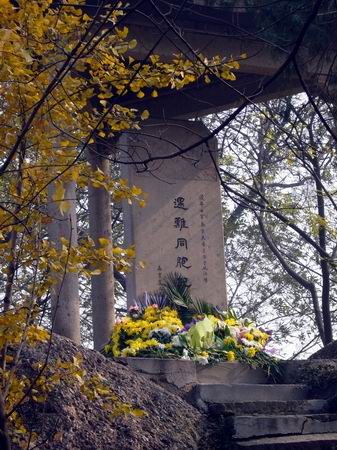
Read another story from us: In 1937, A Toilet Break Led to War Between China and Japan
At the present time, some Japanese historians argue that many of the war crimes the Imperial Army is accused of either did not happen or were greatly exaggerated for propaganda purposes. This revisionist view of history is continuing to cause significant friction between Japan and many of the world’s nations.
